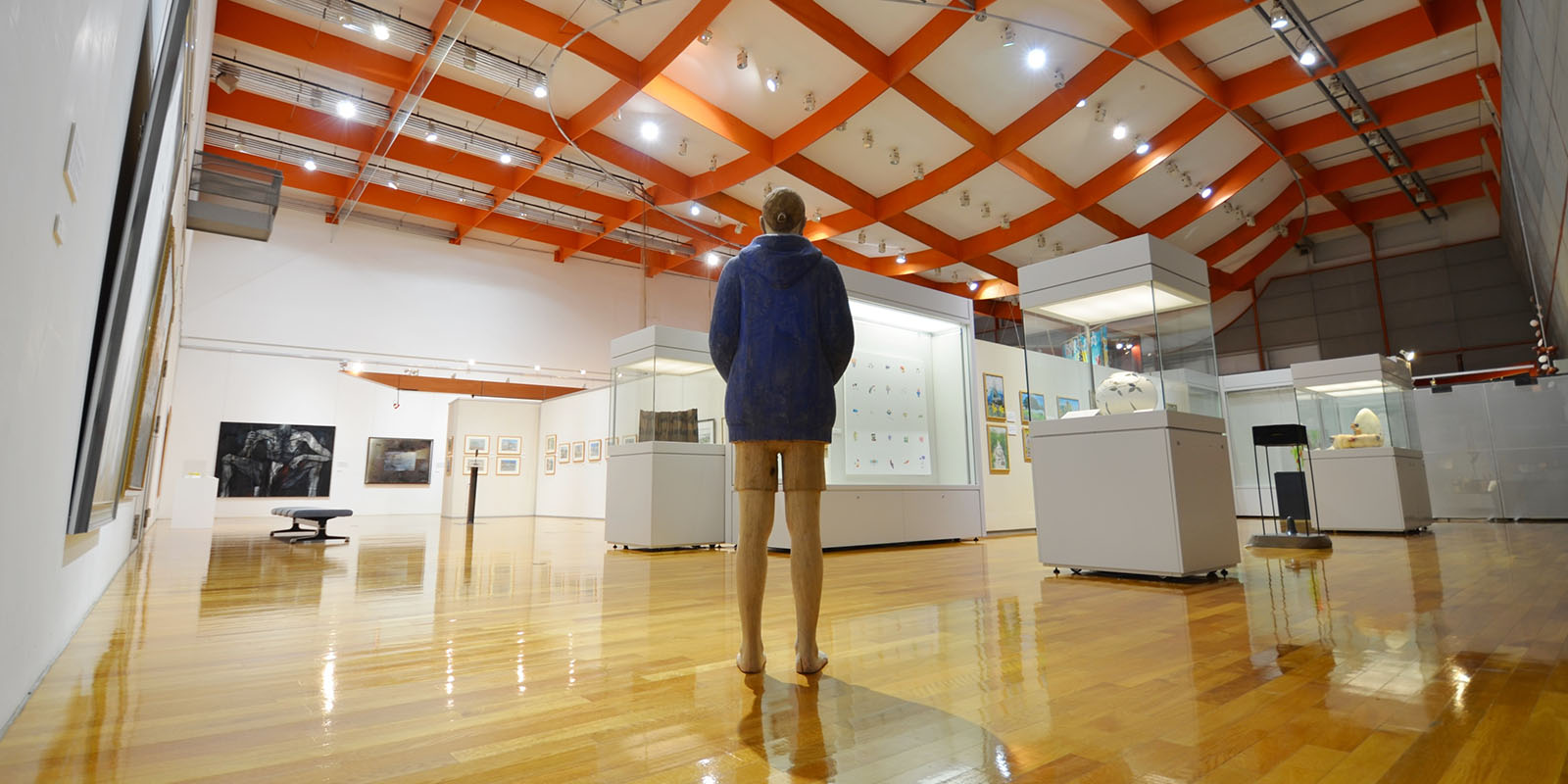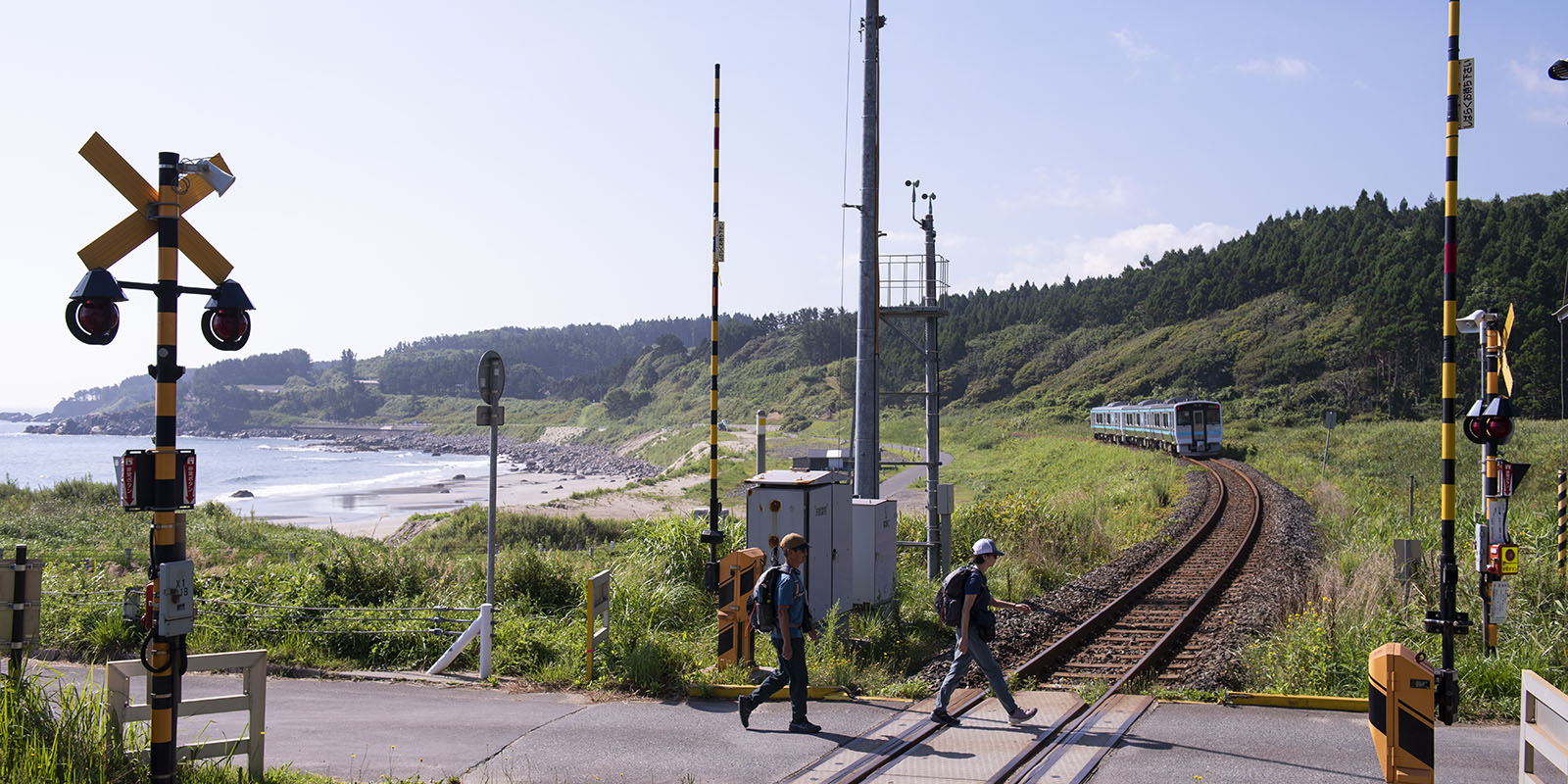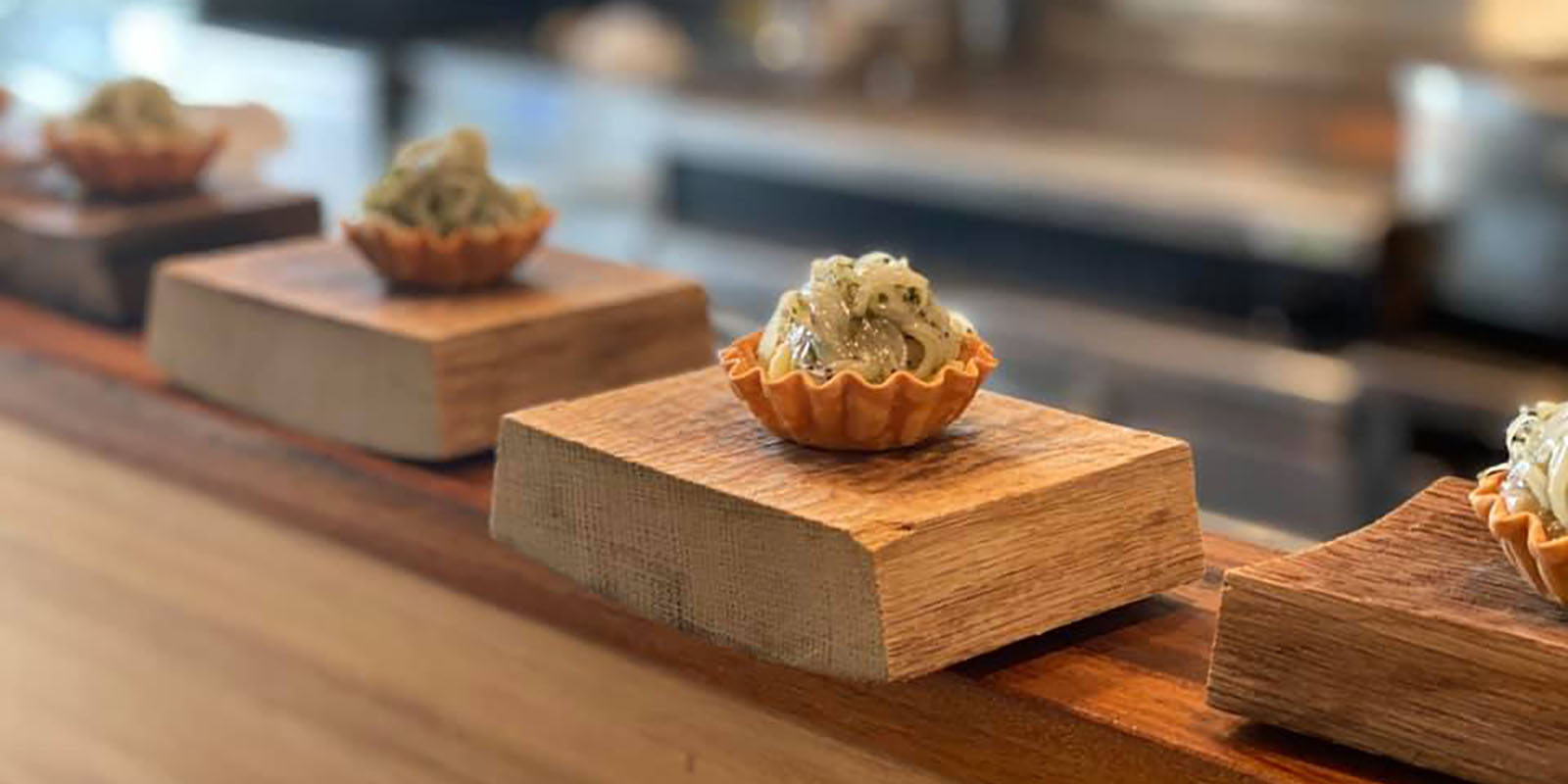Unlock: Tohoku
Five ways to savor an area bouncing back from disaster
Guide: Noriko Maniwa and Matthew Lee
Ten years have passed since the disaster of 11th March 2011 and the areas affected by the Great East Japan Earthquake continue to make progress. The resilience and dedication the people of Tohoku have demonstrated by overcoming hardships and rebuilding their lives is a source of inspiration to many. A key part of the rebuilding project involved reopening Tohoku to tourists and ensuring that visitors can fully enjoy this captivating part of Japan. From new museums and memorials to pioneering restaurants and sake breweries, many local initiatives have been created to help tourists get to know the treasures of the region. Here, we pick some of Tohoku’s highlights…

1. Experience the unique folklore of the coastal region
Rias Ark Museum of Art
You’ll need a good few hours if you’re going to take in all the art and artifacts at this popular museum located high in the hills above Kesennuma. While the exhibitions on regional folklore and local coastal life are fascinating, if you’re pressed for time you should head straight to the first floor exhibition on the 2011 Great East Japan Earthquake. Centered around poignant pieces of debris and wreckage from the disaster, it’s an intensely emotional experience, with the everyday items on display such as broken children’s toys and destroyed refrigerators giving a sense of the devastation wreaked upon people’s lives. The subtle, sensitive curation and the photos taken by locals do a fantastic job of conveying the enormous physical and emotional toll experienced in the aftermath of tragedy.
Rias Ark Museum of Art, 138-5 Akaiwa Makisawa, Kesennuma-shi, Miyagi prefecture.
+81 0226 24 1611. 9.30am–5pm (Last entry 4.30pm). Closed Mon & Tue, and day after hols except Sat & Sun. ¥500, university students ¥400, high school students ¥300, elementary and junior high school students ¥150.
2. Remember and help rebuild

Iwate Tsunami Memorial Museum & Takata Matsubara Memorial Park
This memorial site is a place for contemplation, remembrance and sharing the lessons learned from the 2011 disaster. Located at a picturesque spot on the coast of Rikuzentakata, a city almost completely destroyed by the earthquake and tsunami, the museum’s mission statement is to warn future generations about what went wrong in 2011 and work towards, in its words, “a society that is strong against natural disasters”. Over its four zones – ‘tracing history’, ‘learning the facts’, ‘learning lessons’ and ‘moving towards reconstruction together’ – visitors will learn about the background to the disaster, get a sense of what it was like living here in the aftermath, and better understand what can be done to protect lives in the future.
Iwate Tsunami Memorial Museum & Takata Matsubara Memorial Park, 180 Dotekage, Kesencho, Rikuzentakata-shi, Iwate prefecture. +81 0192 47 4455. 9am–5pm daily (Last entry 4.30pm). Free entry.
 © KOJI IWAMA
© KOJI IWAMA
3. Hike along the Sanriku coastline
Michinoku Coastal Trail
Connecting Hachinohe in Aomori prefecture with Soma in Fukushima prefecture, this mind-blowingly gorgeous 1,000km-long coastal trail has been garnering a fair amount of attention inside and outside of Japan in recent years. Named after the ancient term for Tohoku, the Michinoku Coastal Trail takes in the stunning rock formations on Jodogahama Beach, the mountain ridges near Onagawa, the charming cats of Miyagi, and the colossal ancient trees of Hashikami, although that’s barely scratching the surface. Also, for much of the route, you can soak up majestic views of the Pacific Ocean stretching towards the horizon. If you don’t have at least a month and a half in which to tackle the path in its entirety, head to the official website of the Michinoku Trail Club for a selection of recommended shorter trails. There are several train stations and airports situated along the route, so it’s easy for visitors to tackle shorter segments – and dream of conquering the entire 1,000km in the future.
4. Enjoy exciting French cuisine

HAGI French Restaurant
Chef Harumoto Hagi leaves no stone unturned in his efforts to offer fresh, local and seasonal food to his loyal customers. The owner of this brilliant farm-to-table French restaurant travels around the prefecture every morning, meeting local farmers, before settling on his lunch and evening menus for the day. In the years after the Great East Japan Earthquake Hagi only served one table of customers per day because it was difficult to source sufficient supplies for larger groups. Now, with the region’s infrastructure returned to pre-disaster levels, he accepts reservations for up to 10 diners per day. A tireless advocate for the region’s food-makers, Chef Hagi can often be found on social media extolling Fukushima’s produce, which he believes is as good as anything else the country has to offer. But most of the time he’s found in the kitchen of his compact, cozy restaurant, cooking up the kind of bold, innovative Franco-Japanese cuisine that visitors to Fukushima will remember for a long time after their final bite.
HAGI French Restaurant, 171-10 Onigoe, Uchigomidaisakaimachi, Iwaki-shi, Fukushima prefecture. +81 0246 26 5174. Lunch from 12noon and dinner from 6.30pm daily. Reservations required.

5. Sample world-conquering sake
Suehiro Shuzo Kaeigura
In operation since 1850, the Suehiro Shuzo Kaeigura sake brewery in Aizuwakamatsu, Fukushima prefecture, is a fantastic place for visitors to sample a drink that has been enjoyed in Japan for centuries. When the brewery is open (check for possible Covid-19 closures) it runs tours that allow guests to observe the traditional sake brewing process. It’s a memorable experience: the wooden brewery, built between 1892 and 1922, boasts the traditional orbs made from cedar leaves seen at sake breweries for centuries, but Suehiro Shuzo Kaeigura looks to the future as well as the past for inspiration – all the latest sake-brewing technology can be observed here. Its signature Yamahai Junmai Ginjo Suehiro, which can be purchased at the onsite shop, was served to world leaders at the G20 summit in Osaka in 2019, and under the steady guidance of Shinjo Inokichi, its seventh generation president, the brewery now exports its drinks throughout the world.
Suehiro Shuzo Kaeigura, 12-38 Nisshinmachi, Aizuwakamatsu-shi, Fukushima prefecture. +81 0242 27 0002. 9am-5pm daily. Free entry.